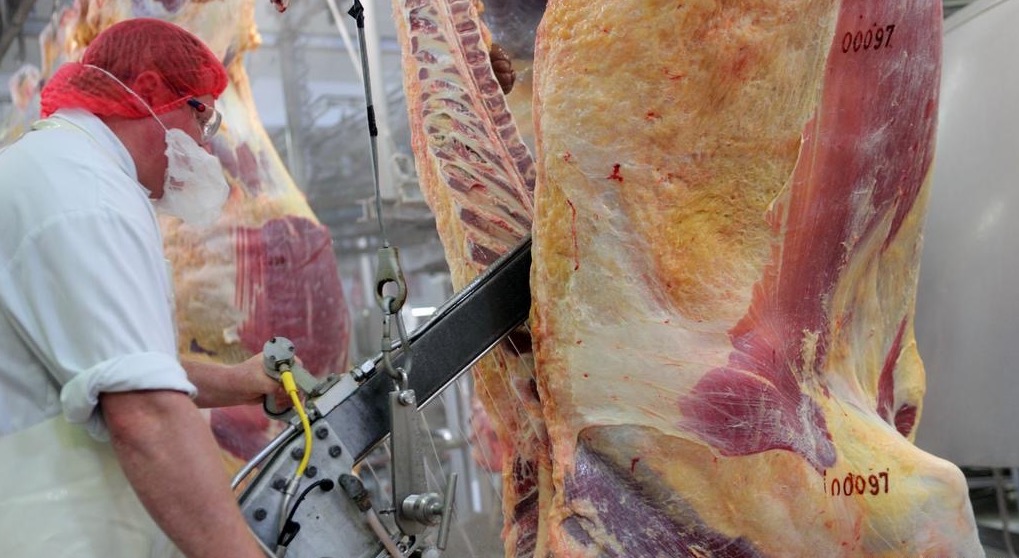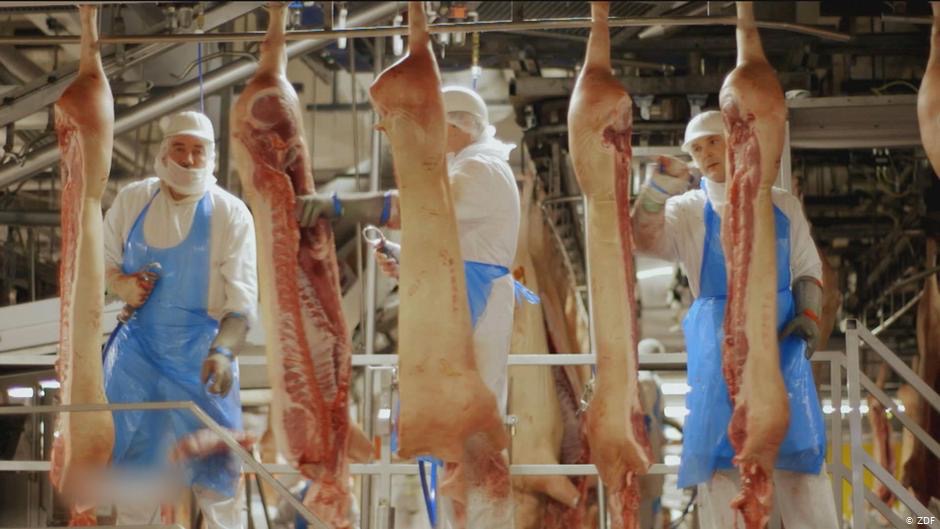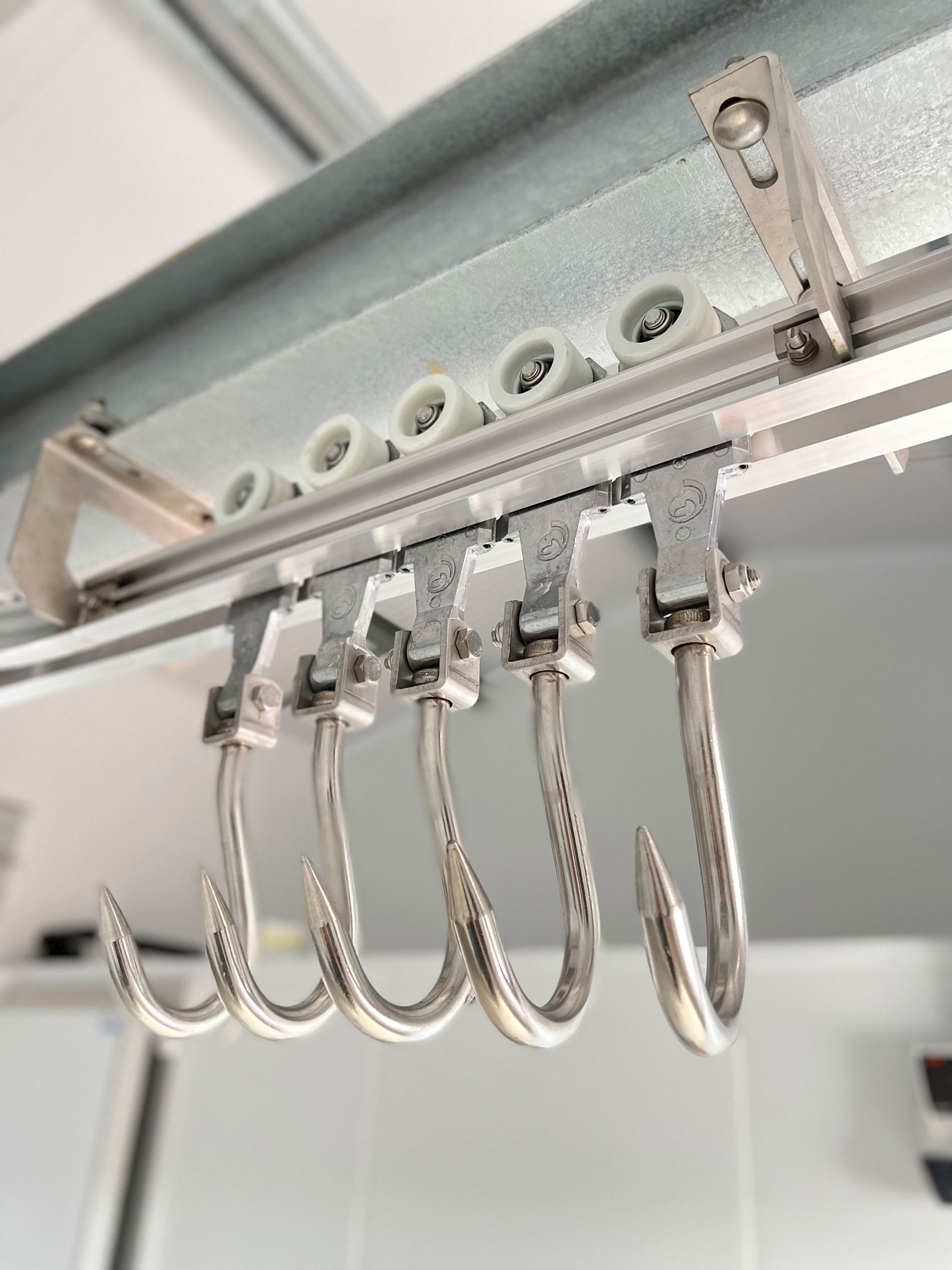The Role of Butcher Knives in Professional Kitchens
Butcher knives are an essential tool in any professional butchery or kitchen. Their unique shape and sharp blade make them ideal for portioning, trimming, and preparing all types of meat and fish. While home cooks may get by with just one or two knives, a professional chef or butchers collection likely contains several different types of butcher knives tailored to specific tasks.
The Classic Butcher Knife
The role of butcher knife knives is for meat preparation. The most common type is the classic butcher knife or French knife. This features a long, broad blade that gently curves up to meet the handle. The blade is thick and heavy so it can cut through dense foods like meat and bone without bending or breaking. The curve in the blade creates a rocking motion as the knife moves through food. This makes quick work of tasks like filleting fish or slicing roasts into steaks.
A good butcher knife will retain its sharp edge through extensive use. High carbon stainless steel blades take and hold an edge best.
The Importance of a Rigid Blade
A rigid knife is essential for getting clean, even cuts of meat that look sharp when plated. Flexible or flimsy knives won't produce the perfect portions and cuts a professional chef strives for.
Butcher knives must also have a comfortable, sturdy handle to withstand hours of daily use. Common materials include plastic, wood, and rubberised grips.
Choosing the Right Size
Many kitchens will also stock a variety of sizes, from 6 to 14 inches. A longer blade provides better leverage and is ideal for larger cuts like deboning legs of lamb. Shorter knives offer more control for tasks like removing silverskin or intricate garnishes. The classic 8 to 10 inch French knife is a versatile size suited to most butchering needs.
Specialised Butcher Knife Types
In addition to the standard butcher knife, there are several specialised models that aid specific kitchen tasks. A breaking knife has a thinner, more flexible blade optimised to separating meat from the bone. The thin tip can get in close along bones while the blade can access narrow spaces. This makes breaking knives ideal for tasks like breaking down poultry into parts.
Boning knives are even thinner and more nimble. Their narrow blade excels at removing meat from bones and slicing off membranes or connective tissue. It can also trim fat and sculpt cuts to the chef's exact specifications. A sturdy, pointed tip helps remove bones cleanly.
Slicing and carving knives are longer with narrower blades that cut wafer thin, even slices. Cooks use them to cleanly cut cooked meats into appetising servings and elegant presentation cuts. The long blade means fewer back and forth motions while slicing large roasts or hams.
Caring for Butcher Knives
High quality butcher knives perform best when kept sharp. Honing steels realign the blade's edge between full sharpenings. Many chefs keep one near their station for quick touch ups while working. The knives also require proper care like hand washing and prompt drying to prevent damage. Most professional kitchens store butcher knives on a magnetic strip or in sheaths, protecting the fine edge and users.
While often overshadowed by chef's knives, butcher knives perform an indispensable role in professional kitchens. Their specialised blades allow chefs to efficiently and precisely break down meat into premium cuts. Investing in a quality set of butcher knives suits the needs of any commercial kitchen preparing meat dishes.



